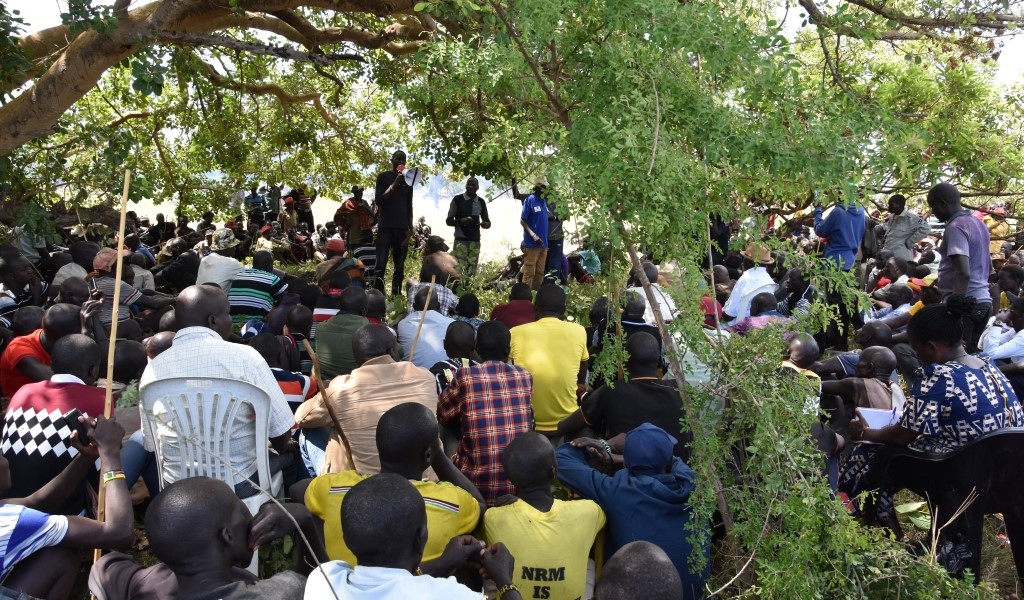I just came back from the 2024 Stockholm Forum on Peace and Development hosted by SIPRI. It was a stimulating event, replete with doom and data, attended by a throng of practitioners, activists and researchers, many doing remarkable things to put our fractured world to rights.
I was there with Simon Long’oli, Director of the Karamoja Development Forum, a community organisation in northern Uganda, where violence is an everyday reality. Simon and I were there to provoke colleagues on their notions of what constitutes good evidence in situations of violence and conflict.
We were arguing that community action research offers not only deep insight but also reaches the parts other research doesn’t reach. We were being cheeky, because we know that good qualitative and quantitative research has the capacity to be pivotal too. Nonetheless, in our experience, traditional research often does little to bring the community onside. What’s missing is research that systematises the knowledge and political energy of the people who suffer the violence.

Take Roger Mac Ginty’s idea of ‘everyday peace’. It’s not less important because it’s every day, but more important because it’s the way in which situations of peace or insecurity come into being. If people’s efforts to make life safe and productive are well enough organised and powerful enough, then the place and people will be at peace. If they are constantly thwarted, then their distrust of the authorities and politicians will put them on the defensive – every day. More foot soldiers, more crime, more despair.
At least that is what Simon and his community colleagues found when they led community action research on the Uganda-Kenya border.
To read the full blog, visit the IDS website, where this was originally published.
